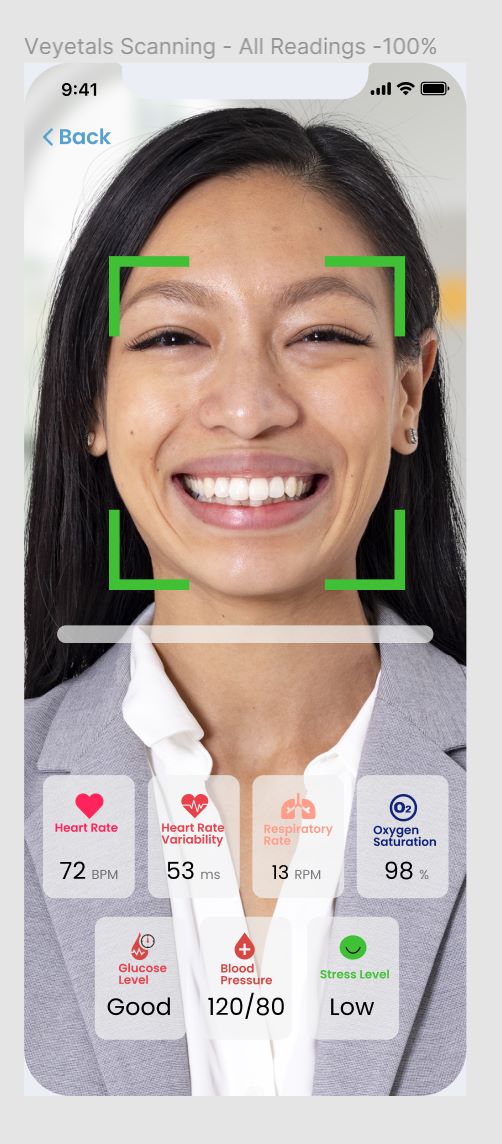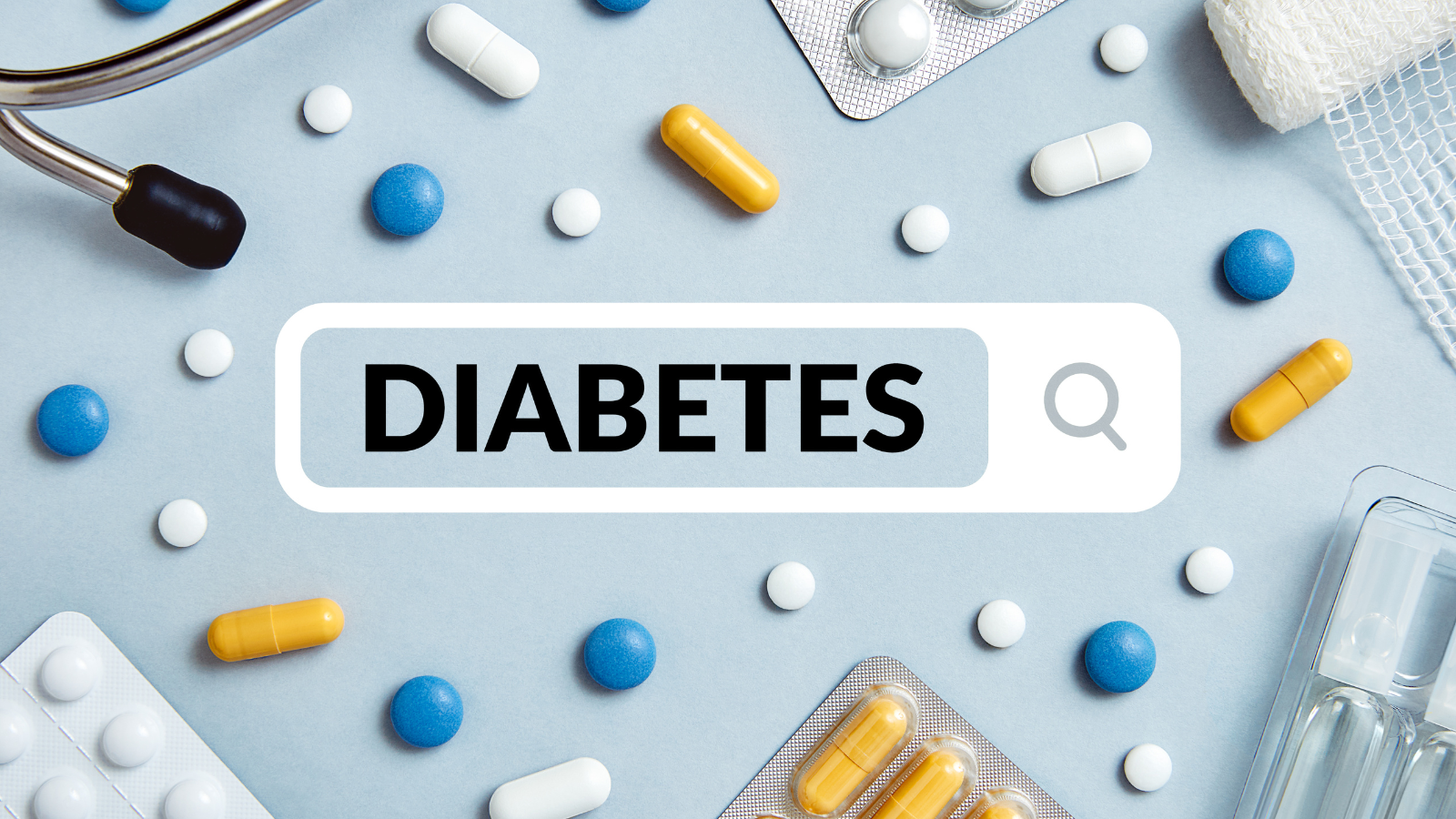Pre-diabetes and diabetes are two conditions that are related to high levels of sugar (glucose) in the blood. While they are similar, they differ in their severity and the stage at which they are diagnosed.
Pre-diabetes
Pre-diabetes is a condition in which blood sugar levels are higher than normal but not high enough to be classified as diabetes. People with pre-diabetes have an increased risk of developing type 2 diabetes and other health complications, such as heart disease and stroke. There are no particular symptoms for pre-diabetes, it is often diagnosed through a blood test called the A1C test, which measures the average blood sugar level over the past two to three months. A1C test results between 5.7% and 6.4% are considered as pre-diabetes.
Diabetes
Type 2 diabetes, on the other hand, is a more severe form of the disease in which the body becomes resistant to insulin or when the pancreas stops producing enough insulin to regulate blood sugar levels. This leads to high levels of glucose in the blood, which can cause damage to the body’s organs and blood vessels over time. The symptoms of type 2 diabetes are increased thirst, frequent urination, blurred vision, fatigue, slow wound healing, and numbness in the feet or hands. Type 2 diabetes is diagnosed by measuring the blood sugar level through a fasting blood glucose test or an oral glucose tolerance test, and results higher than 126 mg/dL or 200 mg/dL respectively.
Difference
The main difference between pre-diabetes and diabetes is the level of glucose in the blood. In pre-diabetes, the blood sugar level is higher than normal but not high enough to be classified as diabetes, while in diabetes, the blood sugar level is consistently high and requires treatment and management to keep it under control.
How to prevent pre-diabetes from progressing?
Preventing pre-diabetes from progressing to type 2 diabetes is possible with the right steps. Maintaining a healthy weight, regular physical activity, healthy eating, quitting smoking, limiting alcohol consumption, monitoring your blood sugar levels, and taking medications if prescribed by a healthcare provider are some of the ways to prevent pre-diabetes from progressing. It’s important to note that preventing pre-diabetes from progressing requires a combination of lifestyle changes and regular monitoring.
Additionally, people with pre-diabetes should also have regular check-ups with their healthcare provider to ensure that they are on track to prevent type 2 diabetes.
How Remote Patient Monitoring can help diabetes patients?
Remote patient monitoring (RPM) can also be a valuable tool for monitoring blood sugar levels, tracking medication usage, and connecting patients with healthcare providers for virtual consultations. This can be especially beneficial for seniors and people with mobility issues who may have difficulty getting to a doctor’s office.
It’s important to remember that early detection of pre-diabetes and continuous monitoring can greatly reduce the risk of developing type 2 diabetes and other related health complications.
Prickless Glucose Monitoring with SenSightsRPM
SenSightsRPM provides non-invasive glucose testing and monitoring. The patients will simply need to do a finger or facial scan using their smart device camera. It will take only 10 seconds to get the results with a finger scan and 30 seconds with a facial scan.

After opening the SenSights mobile app, the patient will just need to click calculate, position his face or finger in the designated area and wait for results to come. To get the accurate glucose readings, the patient needs to sit in the well-lit area, so that the light is evenly spread throughout his face and stay still during the scan. The results will be saved in the SenSights app under the Patient history and can be easily shared with patient’s caregivers and family members.
Besides glucose monitoring, SenSights measures blood pressure, heart rate, heart rate variability, oxygen saturation and stress levels. Clinicians are using the SenSights app to reduce the time and costs associated with the monitoring of patient’s vitals. This solution is equally beneficial for companies to monitor their employee’s health and help them strive to be the best version of themselves whether at work or at home!
Book a meeting with us to learn more about our Prickless Glucose Monitoring and its integration to your platform.

